Statement timepieces in bright hues are having a revival.
Dopamine-inducing watches are having a major moment on the secondary market. Statement timepieces with colored-lacquer dials are hitting a sweet spot as the combination of savoir-faire, mechanical movements, precious metals and vivid hues becomes the new winning recipe for collectors.
“The resurgence of colored-dial wristwatches has been prominent in recent years, drawing inspiration from vintage originals,” reports Paul Hoyt, founder of US-based online watch company Connoisseur of Time. Leading that trend are luxury giants Rolex and Cartier, both of which have reissued watches that pay homage to such colorful vintage models — most notably the Stella dial at Rolex, and the Cartier Tank.
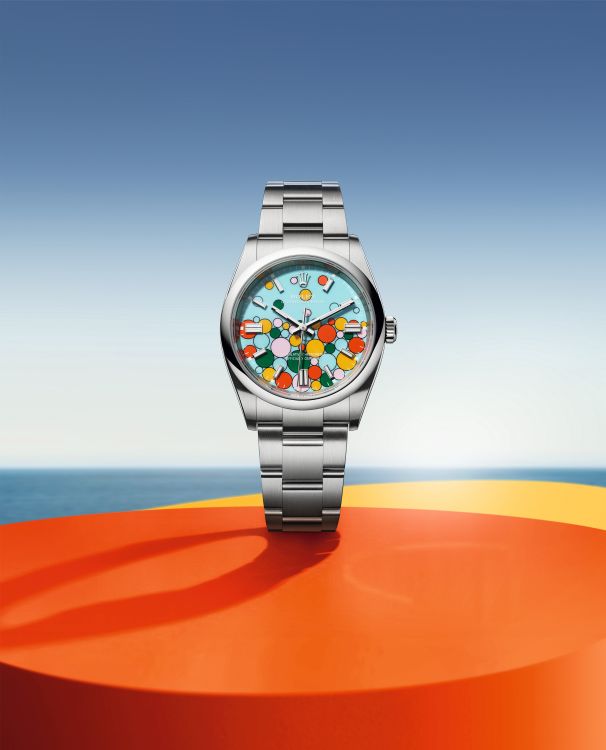
Two cases
“Stella Rolexes in particular have gained immense popularity,” says Hoyt. The Stella dial — believed to be referencing a Swiss-based company by that name, which specialized in lacquered paints and pigments — refers to a range of brightly colored enamel Rolex dials that first appeared during the 1970s on the brand’s Day-Date and Datejust watches. Models like the highly sought-after Presidential — another name for the Day-Date — can command prices of $65,000 to over $100,000 if they have a Stella dial. “The exclusive use of precious metals for the cases, coupled with the already premium prices of Presidential models, contributes to their higher cost,” Hoyt elaborates.
Vintage Cartier Tank models with lacquered dials, meanwhile, are available at a more accessible price point. Depending on their condition, they can range from $1,000 to $3,000. That’s because the company used vermeil cases — 18-karat gold plating over sterling silver — rather than solid gold. The Tank also tends to feature darker and less vibrant dials, and while popular, it has not achieved anywhere near the desirability of Rolex’s Stella watches.
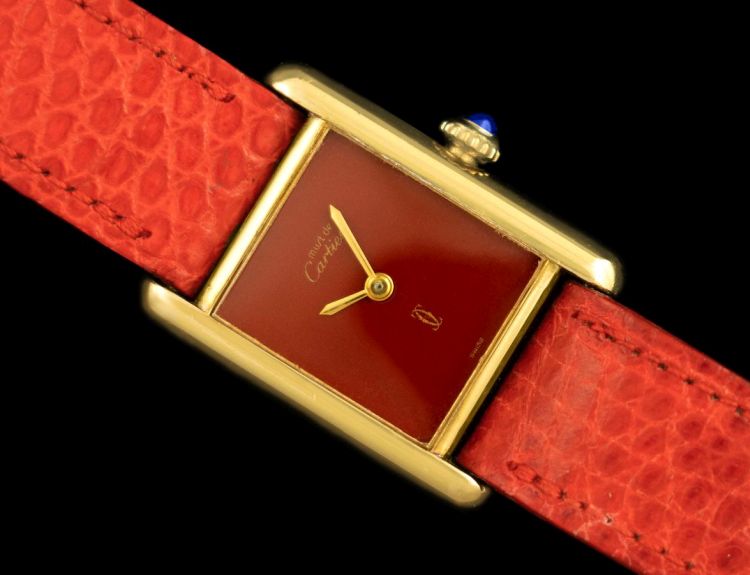
Fashion and value
Lacquered dials are available in a spectrum of colorways, from softly muted to vibrant candy hues that stand out on the wrist. Their blend of sophistication and vintage charm with a contemporary leaning is a large part of what makes them popular. Another factor is menswear’s increasing experimentation with color, patterns and unconventional styling.
“Collectors of these colored lacquered dials are typically individuals with a fashion-forward mind-set — both men and women — who appreciate and are comfortable wearing the vibrant and bright colors these watches offer,” Hoyt explains. “For these collectors, the appeal extends beyond the timekeeping aspect.”
Those seeking rare or valuable assets for their watch boxes should consider that Cartier Tanks with colorful lacquer are much easier to source than Rolexes with Stella dials. That said, due to cracking over time, “the lacquer on Cartier dials often exhibits a crazed, spiderweb-like pattern,” cautions Hoyt.
Dealers expect to see interest in such timepieces grow considerably as the year progresses, with younger collectors seeking out lacquered dials not only for their statement-making appeal, but for the beauty of their craftsmanship and materials as well.
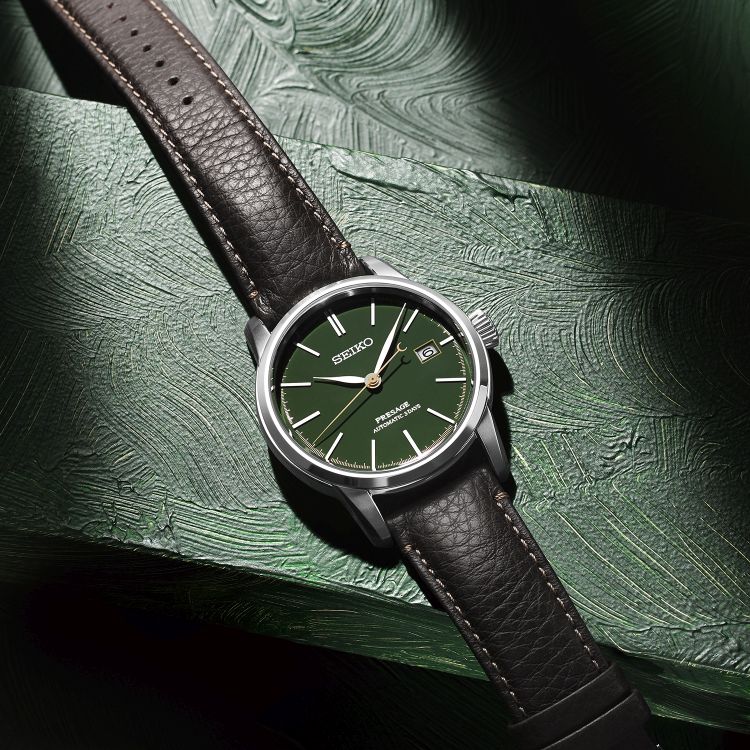
Technique Peek
The use of lacquer on a watch dial often results in an intense color, making it arguably the most eye-catching of dial finishes. To achieve a lacquer dial, the manufacturer coats a base metal with layers of enamel paint, either by hand or with a machine, and then heats it to a high temperature to achieve a glossy look.
Japanese watchmaker Seiko famously employs this technique on its Presage models and on special Grand Seiko pieces. It uses urushi lacquer — one of the most resilient natural lacquer types. This highly prized material comes from the sap of the Japanese lacquer tree, predominantly found in East Asia. Smaller Japanese brands like Minase favor urushi as well; the company mixes the lacquer with egg white and uses a brush to apply it to the dial of its mesmerizingly complex Divido Shibo Urushi model.
Lacquer can be either matte or polished, giving the dial a lustrous sheen — as in Rolex’s Stella-dial Day-Date and Datejust watches in playful hues ranging from bright yellow to deep purple. However, a key drawback to certain types of lacquer dials, especially on older timepieces, is that cracking may occur due to excessive expanding and contracting — resulting in what’s known as a “spider” dial.
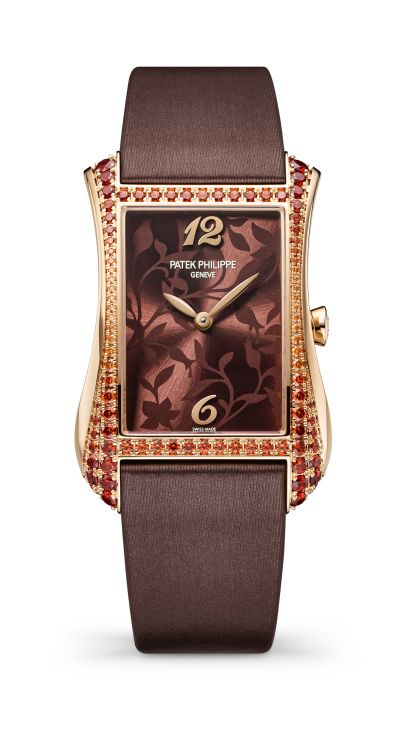
Main image: Patek Philippe Ladies’ Calatrava Ref. 4997/200R-001 in rose gold with diamonds. (Patek Philippe)

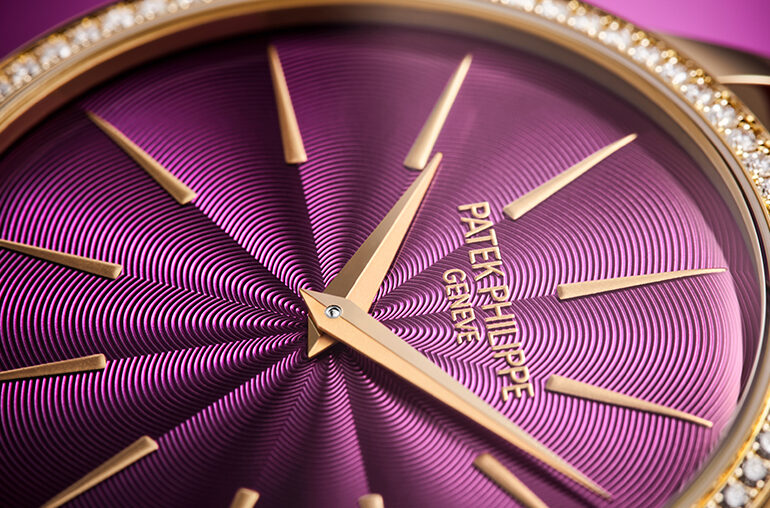

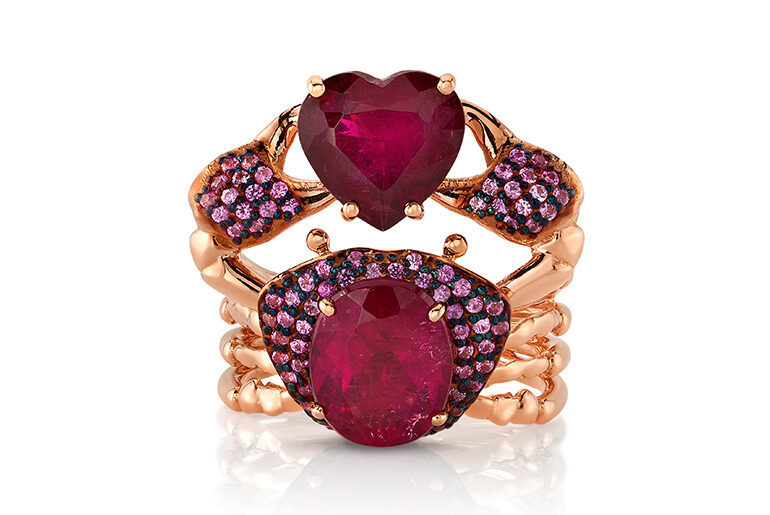
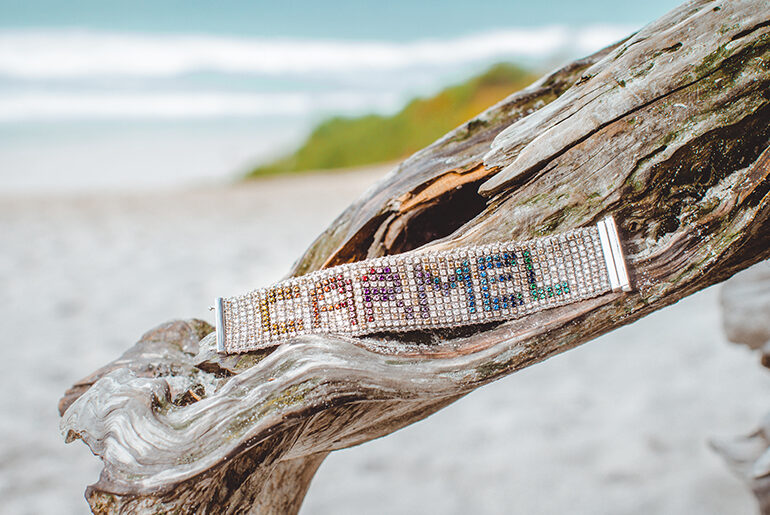
Comments are closed.